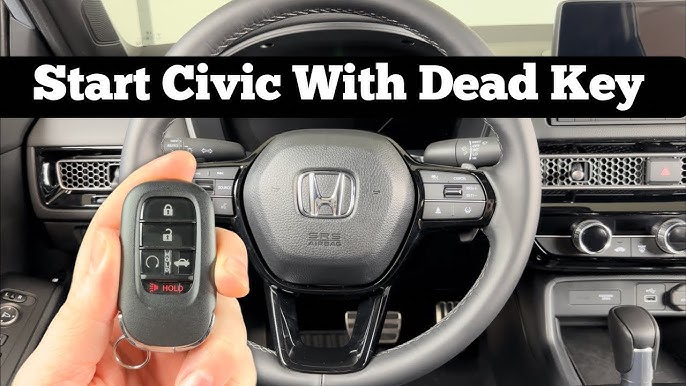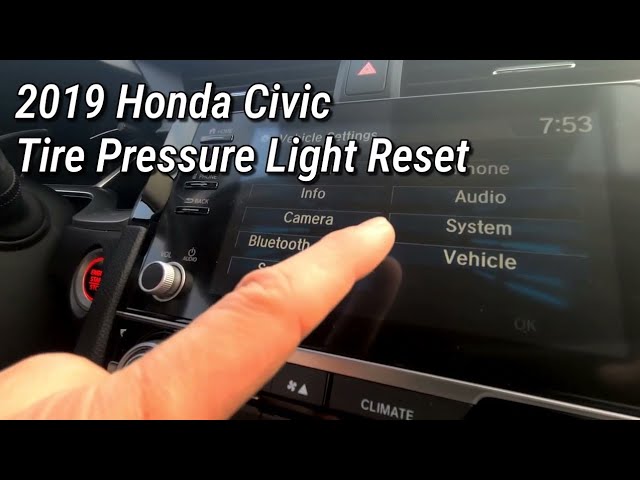As an Amazon Associate, I earn from qualifying purchases
Are you sure your tires have the right pressure? Getting your tire pressure just right is more important than you might think.
It affects your safety, fuel efficiency, and how smoothly your car drives. But checking and adjusting tire pressure doesn’t have to be confusing or time-consuming. You’ll discover simple, clear steps to achieve perfect tire pressure every time. Keep reading to learn how a small change can make a big difference in your driving experience.
Importance Of Tire Pressure
Maintaining the right tire pressure is key for your vehicle. Proper pressure keeps your car safe and efficient. It helps tires last longer and work better. Checking tire pressure is a simple step that makes a big difference.
Impact On Safety
Correct tire pressure improves your car’s handling. It helps avoid accidents by keeping the car stable. Too low or too high pressure can cause tire blowouts. Proper pressure reduces the risk of skidding on wet roads. It ensures better control during sudden stops.
Effect On Fuel Efficiency
Tires with the right pressure roll smoothly on the road. This reduces the engine’s work and saves fuel. Low pressure increases tire resistance and fuel use. Keeping tires inflated saves money on gas. It also lowers harmful emissions from your car.
Tire Longevity And Performance
Proper pressure prevents uneven tire wear. It helps tires last longer and perform well. Overinflated tires wear out in the center quickly. Underinflated tires wear out on the edges. Correct pressure keeps a smooth ride and good grip on roads.
Recommended Tire Pressure Levels
Maintaining the right tire pressure is key to safe driving and long tire life. The recommended tire pressure levels help keep your vehicle stable and fuel-efficient. Knowing the correct pressure prevents tire wear and improves comfort.
Finding Manufacturer Guidelines
Check your vehicle’s manual for the tire pressure numbers. This information is also on a sticker inside the driver’s door frame. These values are based on your car’s design and weight. Follow these guidelines closely for best results.
Adjusting For Load And Conditions
Heavier loads need higher tire pressure to support the weight. On rough roads, slightly higher pressure can reduce tire damage. Cold weather lowers tire pressure, so check often. Adjust pressure to keep the ride safe and smooth.
Tools For Measuring Tire Pressure
Keeping the right tire pressure helps your car run better and saves fuel. To do this, you need the right tools to measure tire pressure accurately. These tools come in different types and styles, each with its own way to show pressure readings. Understanding these tools helps you choose the best one for your needs.
Types Of Tire Pressure Gauges
Tire pressure gauges measure the air pressure inside your tires. There are three main types: stick, dial, and digital gauges. Stick gauges have a small bar that slides out to show the pressure. Dial gauges have a round face with a needle pointing to the pressure number. Digital gauges show the pressure on a small screen. Each type works well but offers different ease of use and accuracy.
Using Digital Vs. Analog Gauges
Digital gauges give clear, easy-to-read numbers on a screen. They usually show pressure quickly and can be more accurate. Analog gauges include stick and dial types. They do not need batteries and are simple to use. Some people prefer analog gauges for their reliability and durability. Digital gauges often have backlights for use in the dark. Choose the one that fits your needs and comfort level.
Step-by-step Pressure Check
Checking tire pressure regularly keeps your ride safe and smooth. It helps avoid tire damage and improves fuel efficiency. Follow these simple steps to check your tire pressure correctly.
When To Check Tire Pressure
Check tire pressure at least once a month. Do it before driving, when tires are cold. Cold tires give the most accurate reading. Avoid checking right after driving or in hot weather.
How To Measure Correctly
Remove the valve cap from the tire stem. Press the pressure gauge firmly onto the valve. Hold it until the reading appears. Use a reliable gauge for better accuracy. Replace the valve cap after checking.
Interpreting The Readings
Compare the reading to the recommended pressure on your car’s door sticker. Low pressure means add air until it matches the recommendation. High pressure means release air carefully. Proper pressure improves handling and tire life.
Maintaining Optimal Tire Pressure
Maintaining optimal tire pressure is key for safe driving and better fuel efficiency. Proper tire pressure improves vehicle handling and extends tire life. Check your tires often to keep them in good shape. This simple habit protects you on the road and saves money.
Routine Pressure Monitoring
Check tire pressure at least once a month. Use a reliable tire pressure gauge for accurate readings. Measure pressure when tires are cold, before driving. Compare your readings with the car’s recommended pressure. Add or release air as needed to reach the right level. Regular checks help catch leaks and prevent uneven wear.
Adjusting Pressure For Seasonal Changes
Temperature changes affect tire pressure. Cold weather lowers pressure. Warm weather raises it. Check tires more often during these changes. Increase pressure slightly in cold months to avoid underinflation. Lower pressure a bit in hot months to prevent overinflation. Adjusting pressure with seasons keeps tires balanced and safe.
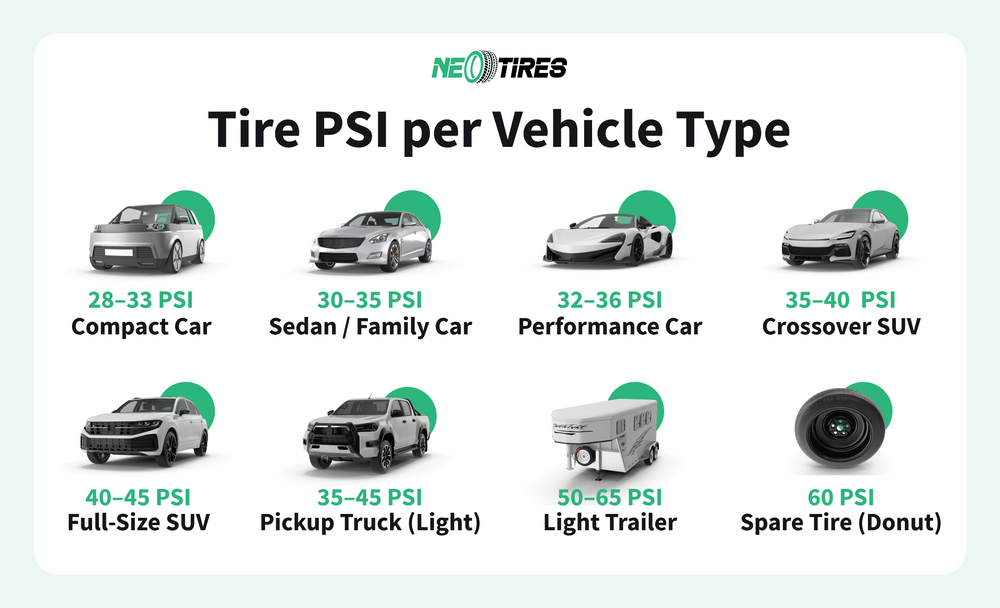
Credit: neotires.com
Common Tire Pressure Mistakes
Many drivers make simple mistakes with tire pressure. These errors can reduce safety, increase fuel use, and wear tires fast. Knowing common tire pressure mistakes helps you avoid them and keep your ride smooth and safe.
Overinflation Risks
Too much air in tires causes a hard ride. Tires become stiff and lose grip on the road. This raises the chance of a blowout. Overinflation also wears out the center tread quickly. It makes your car less stable on turns and rough roads.
Underinflation Consequences
Low tire pressure makes tires soft and weak. Tires heat up more and can fail suddenly. It increases fuel consumption because the car works harder. Underinflated tires wear out on the edges fast. This can cause poor handling and longer stopping distances.
Ignoring Pressure Alerts
Many ignore the tire pressure warning lights. This delay can cause serious problems on the road. Alerts help catch leaks or pressure drops early. Ignoring them risks tire damage and accidents. Always check tires as soon as an alert appears.
Advanced Tips For Tire Care
Advanced tire care helps keep your tires healthy and safe. It extends tire life and improves driving comfort. These tips go beyond basic air checks. They offer ways to maintain tire pressure better and avoid common problems.
Using Nitrogen Inflation
Nitrogen fills tires with dry gas instead of regular air. It keeps tire pressure more stable over time. Nitrogen reduces moisture inside tires that causes pressure loss. This means fewer pressure checks and better tire performance. Many drivers choose nitrogen to improve fuel efficiency and tire life.
Balancing And Alignment Checks
Balancing stops uneven tire wear and vibrations. It spreads tire weight evenly around the wheel. Alignment adjusts the angles of tires to the car frame. Proper alignment prevents tires from wearing too fast on one side. Both checks keep tires rolling smoothly and help maintain correct pressure.
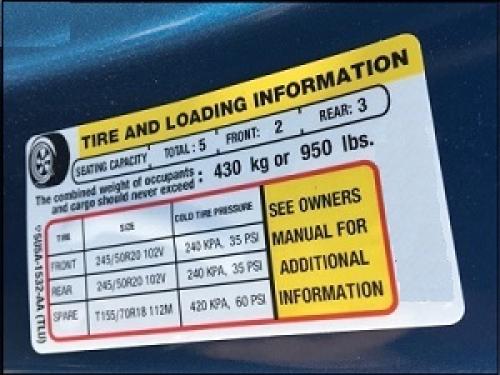
Credit: www.ford.com
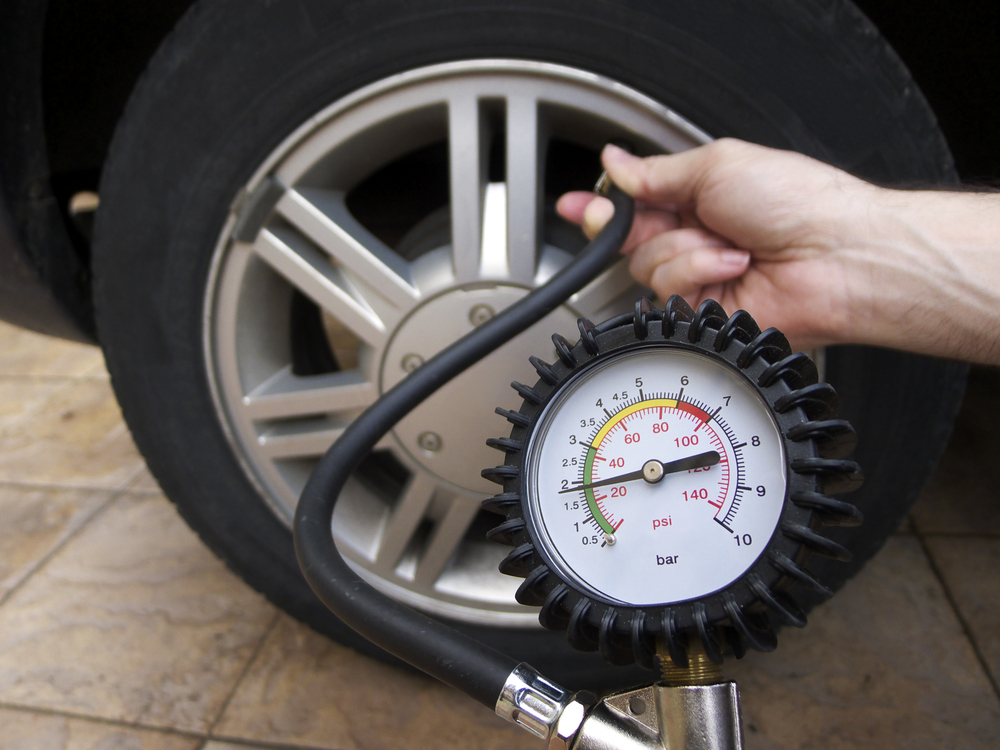
Credit: www.floodmazda.com
Frequently Asked Questions
What Is The Ideal Tire Pressure For My Vehicle?
Check your vehicle’s manual or tire sidewall for the recommended tire pressure. It varies by model.
How Often Should I Check My Tire Pressure?
Tire pressure should be checked at least once a month and before long trips for safety.
Can Wrong Tire Pressure Affect Fuel Efficiency?
Yes, low or high tire pressure can reduce fuel efficiency and increase tire wear.
What Tools Do I Need To Measure Tire Pressure?
A simple tire pressure gauge or a digital pressure meter works well for accurate readings.
How Does Temperature Change Affect Tire Pressure?
Tire pressure drops in cold weather and rises in hot weather; adjust pressure accordingly.
What Are Signs Of Incorrect Tire Pressure?
Poor handling, uneven tire wear, and low fuel economy often signal wrong tire pressure.
Conclusion
Maintaining the right tire pressure keeps your car safe and efficient. Check your tires regularly, especially before long trips. Use a reliable gauge and follow the car manual’s recommended pressure. Proper tire pressure improves fuel economy and tire life. It also helps your car handle better on the road.
Small steps like these make a big difference. Stay aware and take care of your tires. Safe driving starts with well-inflated tires.
As an Amazon Associate, I earn from qualifying purchases

